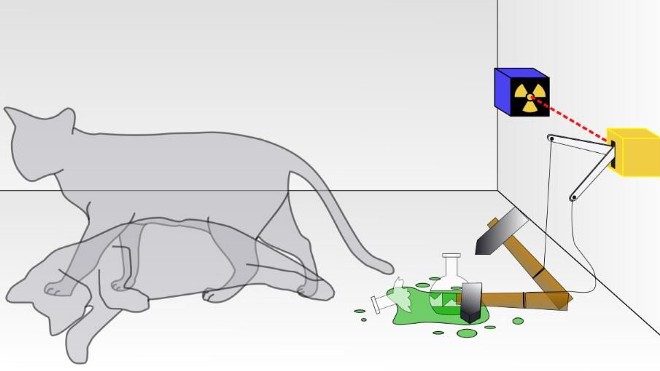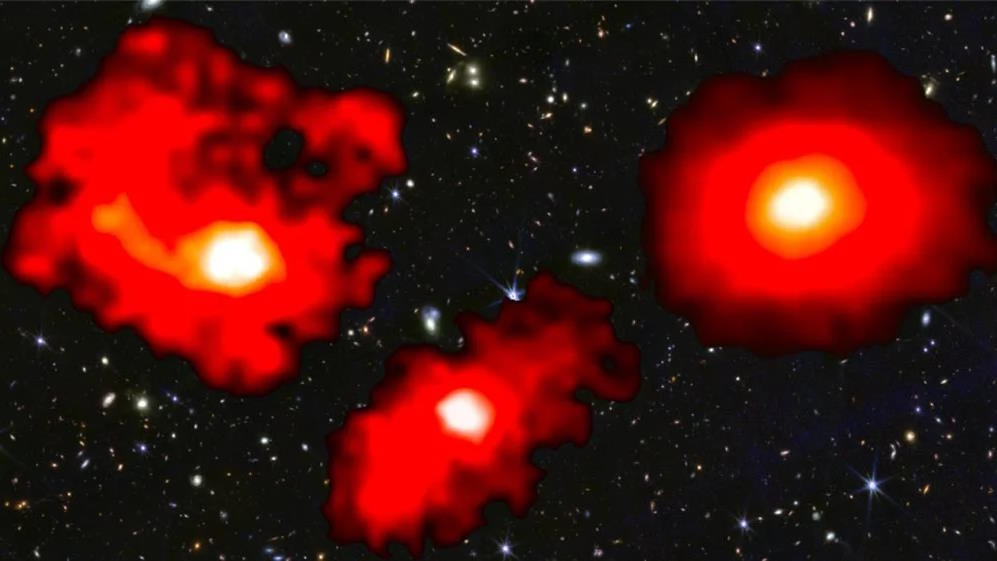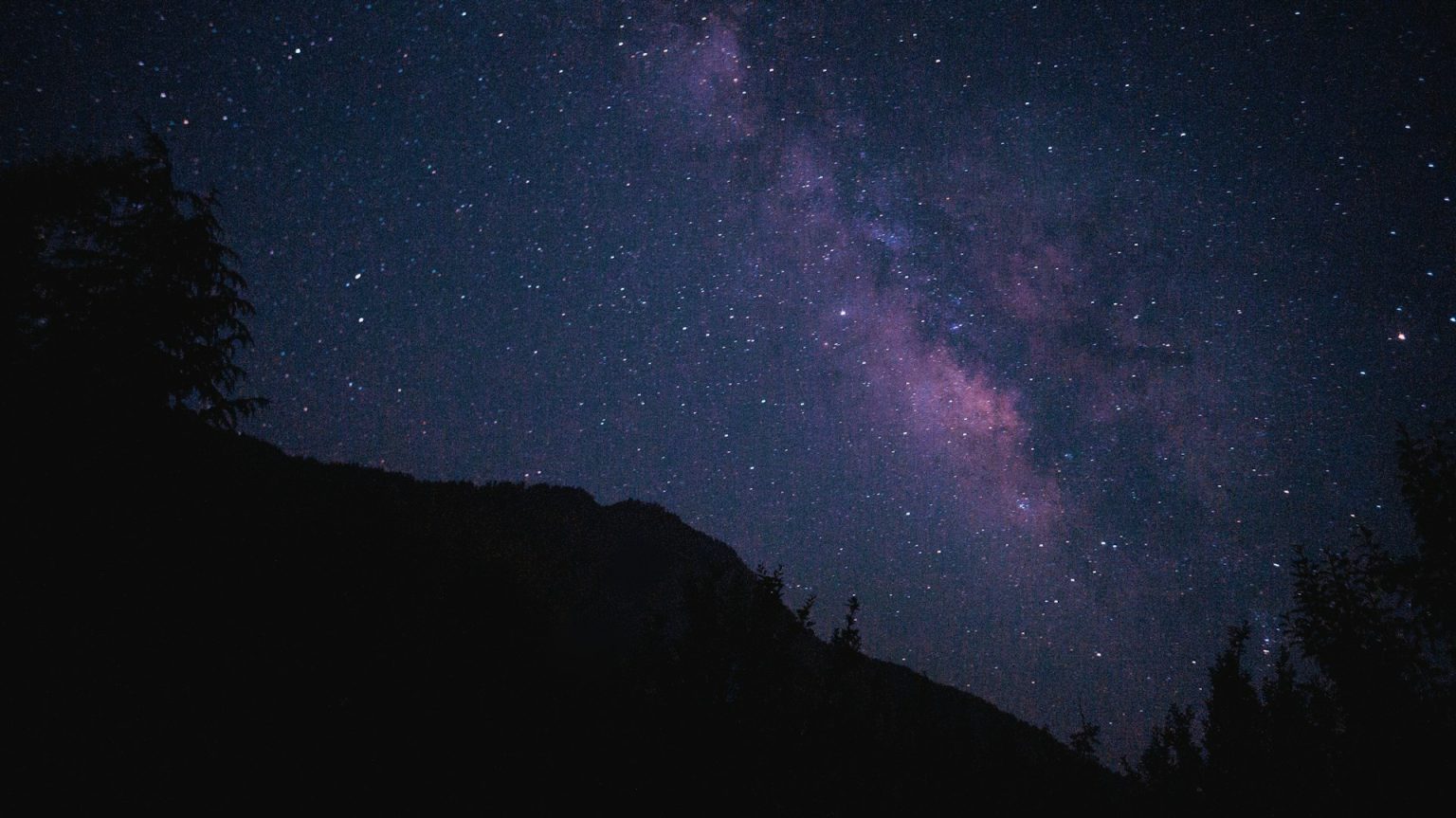Call it art, experimental philosophy, theater, or what you will – Jonathan Keats plays the fool as a kind of public protest against the ever-present danger of taking ourselves and our understanding of the world too seriously.
Jonathan Keats: I studied philosophy in school and it was not at all what I would have expected it to be with my rather naïve concept of Socrates and Plato. It was a highly academic enterprise, which I guess shouldn’t have been surprising to me given that I was in academia, but it felt that the questions being asked were narrow and getting more so and that the answers were—well, they were answers. There was too much of an attempt to nail things down and to ultimately come up with some sort of orthodoxy, which would on top of that be intelligible only to a very small group of people who essentially were engaged in the same enterprise.
So I abandoned philosophy to attempt to do philosophy in the way that I imagined it ought to be done, in the way that I thought philosophers did it, and that I guess led me into this odd job title that I don’t really know what it means, being an experimental philosopher, but, fundamentally, I guess that what I'm trying to do is to pursue my curiosity -- that seemed to me what philosophy fundamentally was about -- but to do so in public with others in a way that was genuinely experimental, that is to say, where I didn’t know where the ideas might lead, where the hypotheses might lead, to come up with hypotheses that were provocative in a way that would engage others and that we could have some sort of a conversation that would take place in a setting, in a scenario that would be disorienting enough, reorienting people to get out of their everyday experience and to contemplate the world from a different point of view.
Goethe’s idea that you can pursue science by your own observation and extrapolating from your observation of the world and just thinking about how it might all fit together and using that as a basis for making more observations and that you can do so without any sort of special training or special aptitude, that to me is enormously appealing. He, in a sense, was the last scientist before science in the sense that we now know it, which really begins with Isaac Newton in a sense, but gets formalized thereafter as a fundamentally mathematical pursuit that is undertaken in highly rigid form, much like philosophy, really, where logic comes to have a formalized structure and where the role of the philosopher is highly regimented and specialized. Goethe was a poet as well. He was an artist. He was someone who did not believe in classifications or categorization even at the same time that he was undertaking the categorization that would become the basis of comparative anatomy. He still did not believe that these categories were absolute and certainly that they should not be absolute if we don’t wish them to be.
I do think that it is highly necessary for us collectively to come along and disrupt things. Philosophy became what it is in a sense by necessity and in a sense with an inevitability but in a sense with a sort of lack of peripheral vision, a lack of context. That is to say that it followed the general trajectory of academia and a professionalization of any discipline. The problem, of course, is that if curiosity is your curriculum, the best way in which that curriculum can be undertaken is for all of your students to cut school, and that’s a great idea, but it really won’t work at an institutional level in most universities. Perhaps Black Mountain College was the last place where this was attempted, and the school shut down pretty quickly.
So, I think that what is needed are amateurs in the true and old sense of the word, people who are in it simply for their own—out of their own interest pursuing their own curiosity, and that doesn’t really . . . it doesn’t scale up in the way that our society is built to scale things up because it doesn’t professionalize, and we have this idea that you go from amateur to professional in terms of both authority and also in terms of the degree to which resources are allocated. It doesn’t have to be that way, but in order for it not to be that way it requires that individuals simply decide to ask their own questions and that we be mad enough to go out and, often for as little as ten dollars—I think that I've actually done projects on less than that—, go out and try it, inflict it on the world and allow the world to engage.
Directed / Produced by
Jonathan Fowler & Elizabeth Rodd





